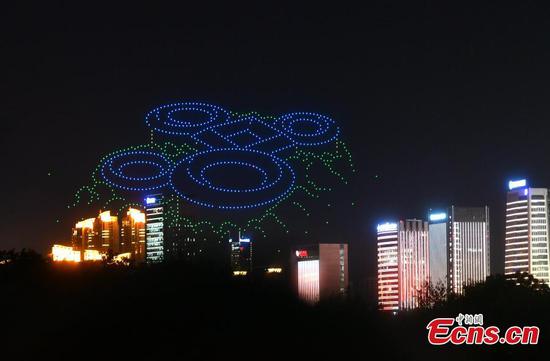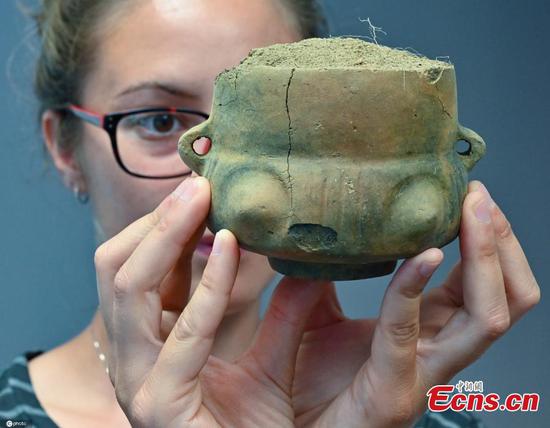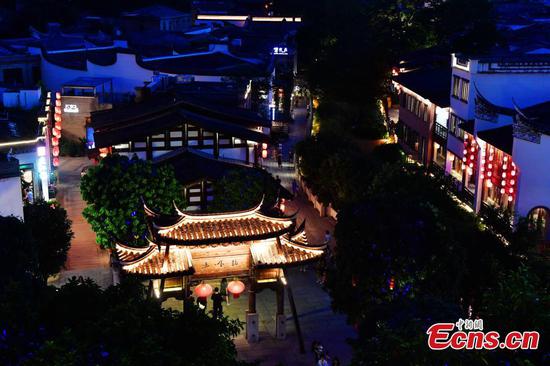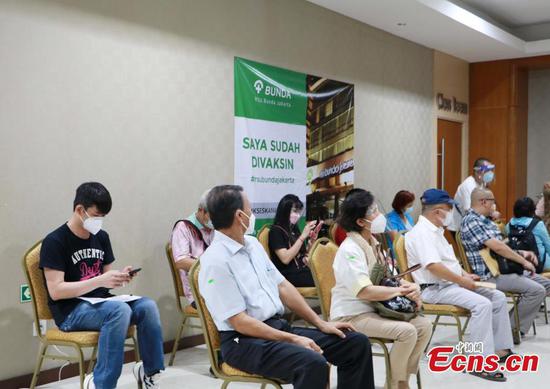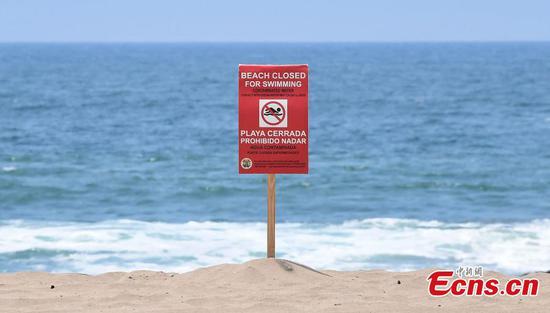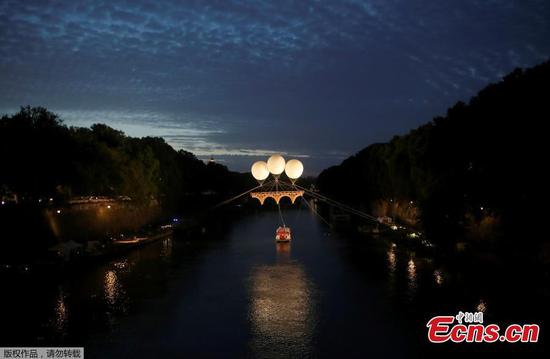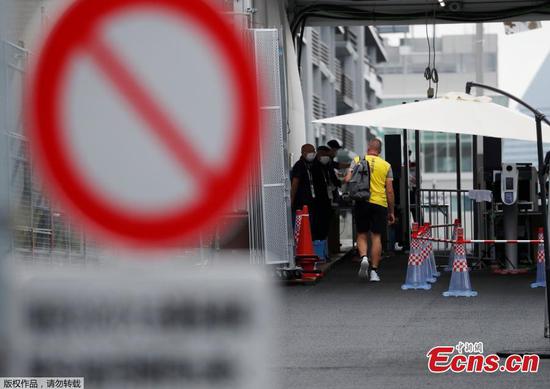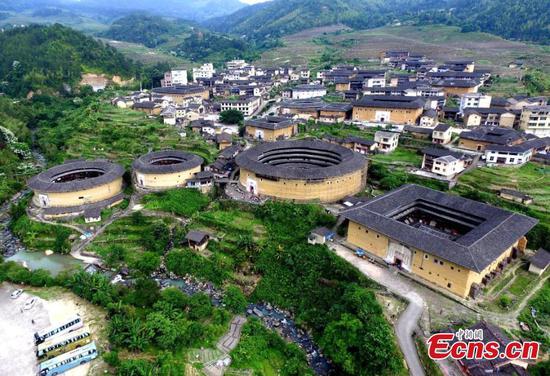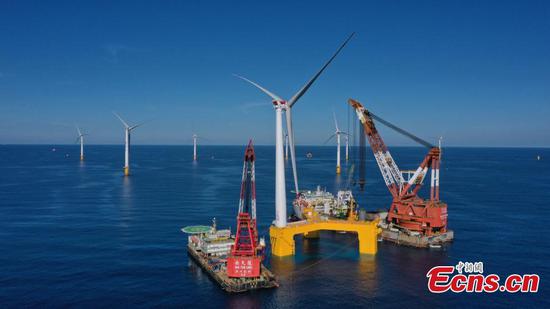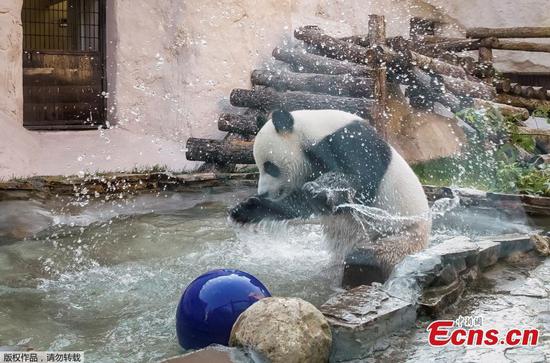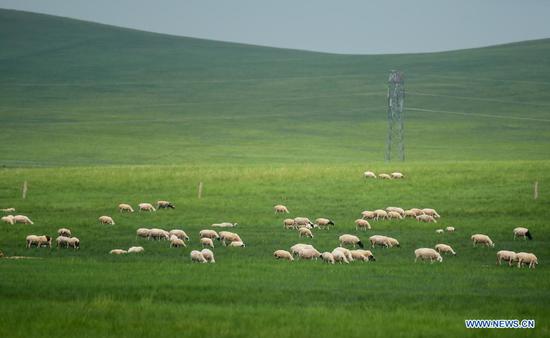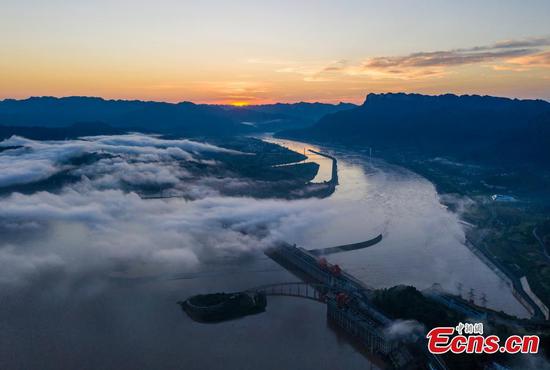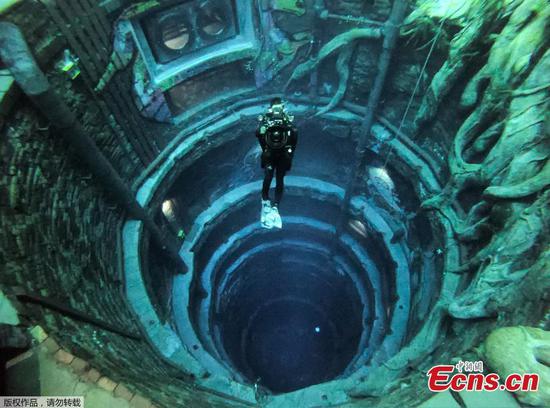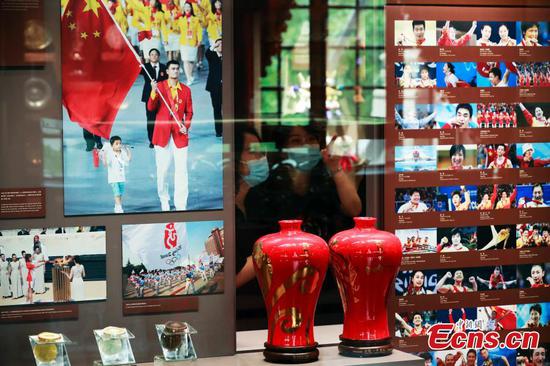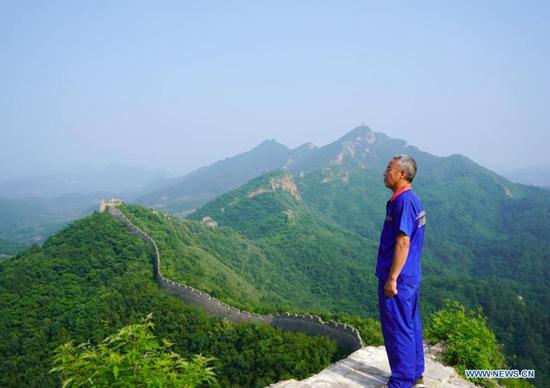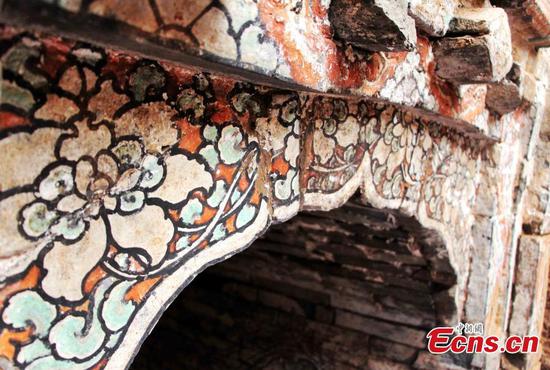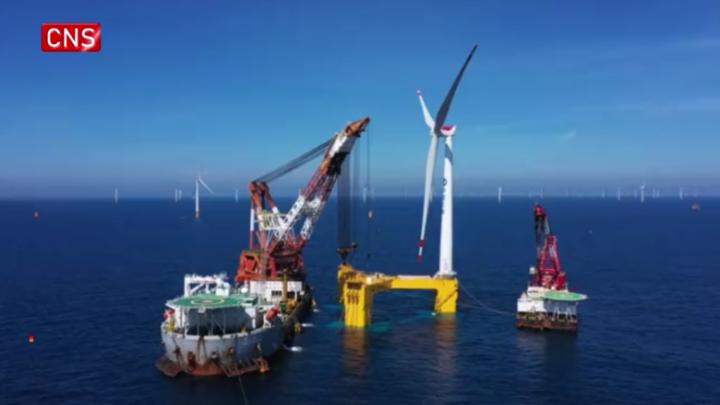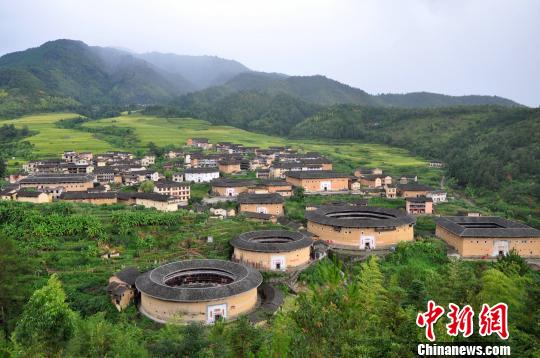
Photo shows Fujian tulou in East China's Fujian Province. (Photo/China News Service)
Many netizens ridiculed the screenwriters of the Disney movie Mulan for a lack of knowledge about Chinese geography after the release of the movie's trailer on Sunday. In the trailer, several circular buildings known as Fujian tulou (earthen building of Fujian Province) could be seen in several scenes.
"We admit that Fujian tulou, a traditional building in East China's Fujian Province, is a very Chinese-style building, but we still think it is a mistake to film there since Mulan is not from Fujian Province," one netizen commented on Sina Weibo.
"First, Fujian tulou were not built during the Northern Wei Dynasty (386-534), which is when the story of Mulan takes place. Second, Fujian Province was not a part of that dynasty. Did Mulan use a time machine?" another netizen teased on Sina Weibo.
So what is the story behind these traditional buildings that have caught the eye of Disney?
Walled village
Able to house up to 800 people behind their thick rammed earth walls, Fujian tulou are essentially large circular walled villages that were the traditional communal residences of the Hakka people, a subgroup of the Han ethnic majority, in Fujian Province. Originating from the barracks, castles and cottages of the Tang Dynasty (618-907AD), most Fujian tulou that exist today were built between the 13th and 20th centuries, with a majority located in Zhangzhou, Longyan and Quanzhou, in Fujian Province.
"Our ancestors built the tulou here to defend against bad outsiders such as bandits. During World War II, tulou played an important role in helping locals fight off enemies because these enemies were not familiar with the complicated inner structure of tulou, and often got lost in them," Zheng Yan, a tour guide in Yongding, Fujian Province, said.
On July 6, 2008, 46 Fujian tulou were inscribed as part of a World Heritage Site as "exceptional examples of a building tradition and function exemplifying a particular type of communal living and defensive organization, and, in terms of their harmonious relationship with their environment, an outstanding example of human settlement," according to the official website of UNESCO.
"Fujian tulou have many interesting stories. It is hilarious and ridiculous, but US satellites once mistakenly identified them as 'nuclear launch silos,'" Zheng teased.
According to Zheng, in Zhangzhou one tulou built on some marshlands known as the Hegui Building is home to two mysterious "yin and yang" wells. Although the two wells are only 18 meters apart the water from each is totally different. The water of one well is as clear as a mirror and tastes sweet, while the water in the other well is a cloudy yellow and not potable.
Strong walls
Meant to be a defensible structure, Fujian tulou only have a single entrance that leads to a central open courtyard and no windows are built on the first floor of the walls. The walls are usually four floors in height, with the first floor encompassing kitchen and dining areas, the second floor a granary and the third and fourth floors acting as living areas. These dramatic earthen defensive buildings were divided vertically between families with each making use of two or three rooms on each floor.
The construction of these earthen walls, which could be up to two meters thick, was very complicated. Local clay mixed with pebbles and lime was repeatedly mashed and mixed to form what was commonly called "cooked soil." For some parts of the wall glutinous rice and brown sugar was added to the mix to increase the clay's viscosity. Additionally, in order to tamp the walls and further reinforce them, it was necessary to embed fir branches or bamboo into the middle of the wall.
Because of these special materials, tulou are strong enough to resist attacks from invaders and are also fireproof and earthquake resistant. Meanwhile, they keep the people living inside cool in the summer and warm in the winter.
Hot spot
"Tulou are becoming very popular among tourists from China and abroad. I am learning English and practice it every day because many foreign tourists often come to my teahouse to have tea and chat with me," Jiang Hong, a woman who lives in a Fujian tulou and runs a small teahouse on the first floor, told the Global Times.
Although the tulou where Jiang lives is open to tourists, visitors are not allowed to explore the upper floors to maintain the privacy of local families and to better protect it from damage, since, according to Jiang, the floors would not be able to support the weight of too many tourists.
Jiang said a German photographer once traveled all the way from Shanghai just to take photos of the tulou. He wanted to visit the upper floors and secretly begged Jiang to help him.
"He was so honest, but I still could not help him because of the rules," Jiang said.
According to Zheng, they held activities on Saturday celebrating the 11th anniversary of Fujian tulou being listed as a World Heritage Site.
"We made beef balls, put them in a huge pot and shared the food with locals and visitors to celebrate the anniversary. We are very proud of our ancestors that they were able to build such wonderful buildings. We hope we can protect and spread tulouculture to more people around the world," Zheng said.








